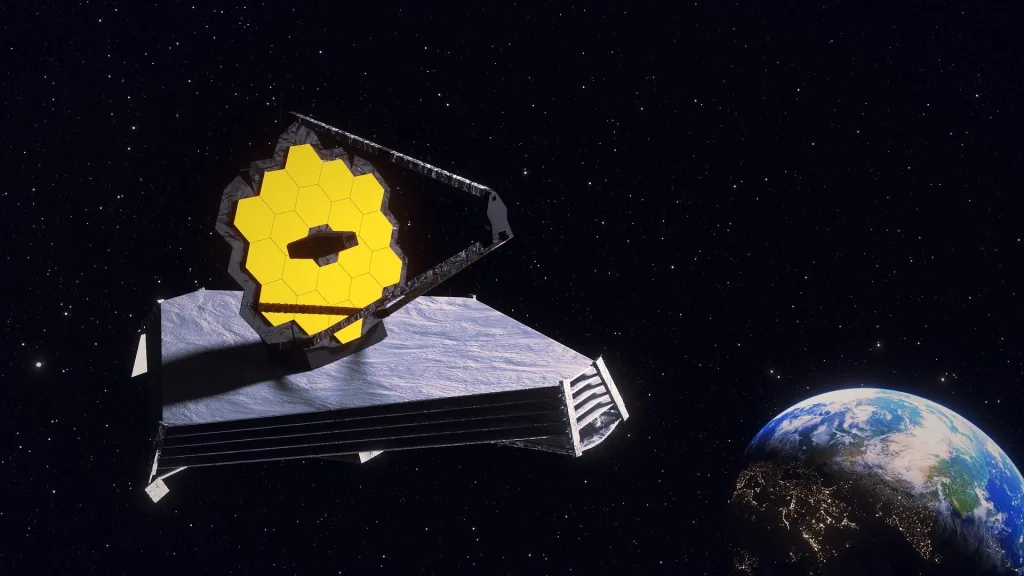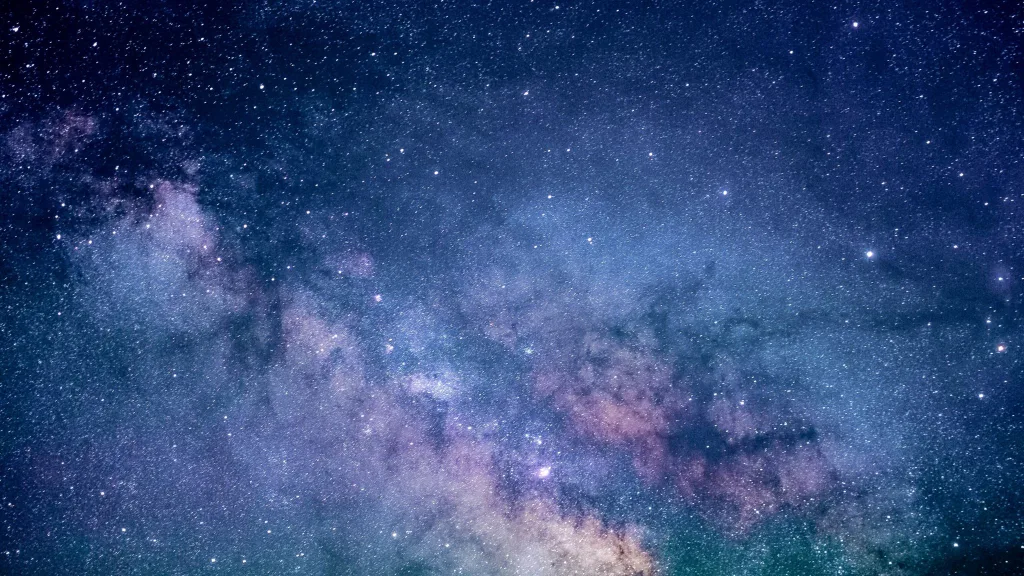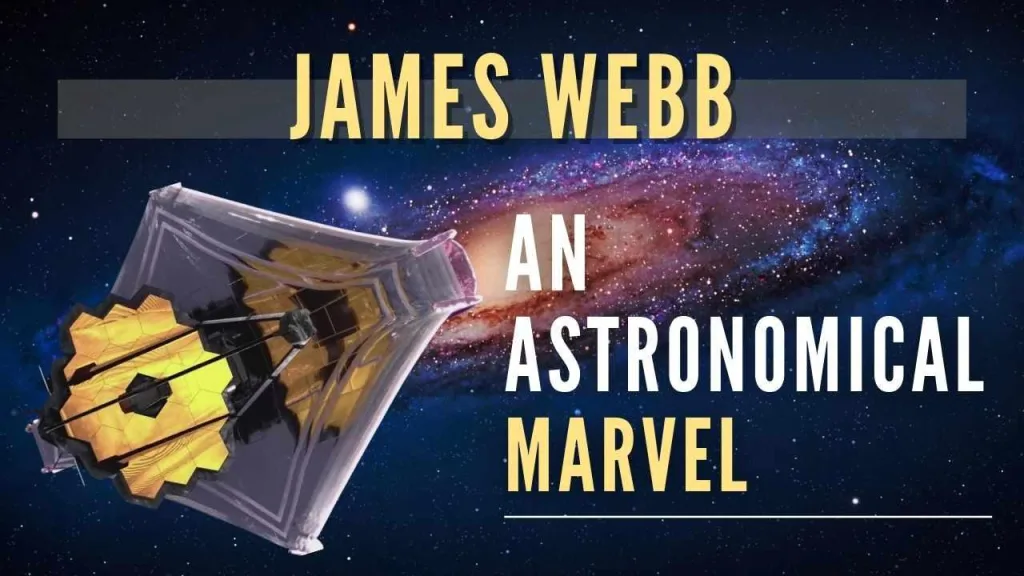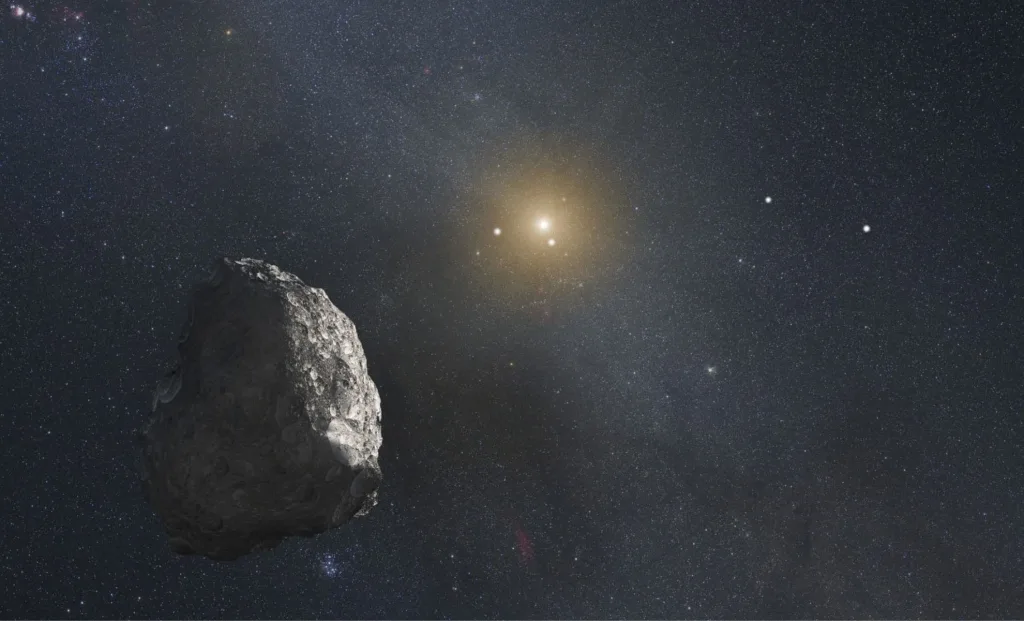The James Webb Space Telescope has captured a breathtaking image of 1,678 galaxy groups, some of which are up to 12 billion light-years away. This remarkable observation provides valuable insights into the universe’s evolution and structure.

James Webb Space Telescope Captures Largest-Ever Sample of Galaxy Groups
The James Webb Space Telescope (JWST) has once again pushed the boundaries of astronomical discovery, capturing an unprecedented image of 1,678 galaxy groups, some of which are located up to 12 billion light-years away2. This groundbreaking observation provides scientists with valuable insights into the formation and evolution of galaxies, shedding light on the large-scale structure of the universe.

*Breakthrough Observation*
The James Webb Space Telescope’s advanced technology allowed it to capture this stunning image, showcasing its exceptional capabilities in observing distant galaxies and galaxy clusters. The observation is a significant breakthrough in the field of astronomy, providing scientists with a wealth of new information to study.
*Galaxy Groups: A Window into the Universe’s Past*
The galaxy groups observed by the James Webb Space Telescope are incredibly distant, with some being up to 12 billion light-years away. This means that the light we see from these galaxies today has been traveling through space for billions of years, providing a glimpse into the universe’s past.

*Implications for Astronomy*
This observation has significant implications for the field of astronomy, allowing scientists to study the formation and evolution of galaxies in greater detail than ever before. The data collected from this observation will be used to refine our understanding of the universe’s structure and evolution.
*The James Webb Space Telescope: A Powerful Tool for Astronomy*
The James Webb Space Telescope is a powerful tool for astronomers, providing unparalleled insights into the universe. Its advanced technology and instrumentation make it an ideal instrument for observing distant galaxies and galaxy clusters.
*Future Research Directions*
This observation opens up new avenues for research, allowing scientists to study the properties and behavior of distant galaxy groups in greater detail. Future studies will focus on understanding the formation and evolution of these galaxies, shedding light on the mysteries of the universe .

The James Webb Space Telescope ;
The James Webb Space Telescope (JWST) is a large, space-based observatory designed for infrared astronomy. It is the largest telescope ever placed in space, 100 times more powerful than the Hubble Space Telescope, and is optimized to observe the earliest stars and galaxies formed in the universe, as well as the formation of stars and planets in nearby dust clouds. JWST complements and extends the discoveries of Hubble with longer wavelength coverage and greatly improved sensitivity.
